Hello everyone and after a bit of a wait (sorry!), welcome to the finale of our questline retrospective series! If you missed the first two, here is a link to the first and here is to the second. Without further ado, it is time to jump into the classes with the most controversial questlines, Shaman, Warlock, and Warrior!
Command the Elements
Having a questline dedicated to Shaman’s evergreen mechanic at first caused people to be a bit skeptical about it. Doubling up on spells has shown to be impactful with cards like Electra Stormsurge seeing minor play and Solar Eclipse being a highly played card in Druid, but both of those were also on demand and did not require any deck building requirements for it. Combine that with the fact that players were unsure exactly how to build the deck as well, aggressive burn shamans did not need to double up on their spells to finish off opponents, and for more control-orientated decks, running a bunch of overload cards would lead to clunky turns where you cannot react to the opponents. I was a bit more optimistic about the card just off the strength of the Double Time but still believed the deck would be more or less clunky and awkward to play.
Turns out this was not quite the case. At the time Shaman had access to quite a bit of strong overload cards that could both be played proactively, like Guidance and Doomhammer, but then also a strong suite of reactive ones like Canal Slogger, Serpentshrine Portal, and Perpetual Flame (which at the time was 1 mana). This strong combination of proactive cards to push through the questline and strong answers that can let you focus on playing more overload cards made a killer combination, resulting in Command the Elements to have a very consistent early and mid game up until Stormcaller Bru'kan. With him in the picture, the deck was able to go onto the offensive. Cards like Guidance often would give more tools that can go face, such as Rockbiter Weapon or a Lightning Bolt, and Lightning Bloom (which at the time gave 2 temporary mana crystals instead of refreshing) would allow the player to play Brukan and immediately follow up with a backbreaking amount of burn damage. While not always included, cards like Overdraft would prove to be a handy finisher as the second cast of the spell remembered how many mana crystals were unlocked. While there are lists that deviate from each other a bit, here is one of the many that saw great success during the initial launch month by XHope.
I should also mention that Questline Shaman also saw plenty of success in wild, mainly off of the strength of Spirit of the Frog (which was at 3 mana) and other 0 mana overload cards like Zap! or Beakered Lightning. Over the next month, Questline shaman would continue to put up strong results from its sheer speed and ability to ignore the board in both formats, but eventually it was nerfed towards the end of September. Tame the Flames requirement was bumped up to 3 and Perpetual Flame had its mana cost doubled. While this is a fairly hefty nerf, the deck remained strong in standard, albeit falling off in wild. What truly killed the deck in standard was standard rotation as more than half of the deck was sent to wild and not much support was printed. However, the deck would see a brief resurgence after TITANS! came out of the strength of the nature package, spirit of the frog, and a murloc package consisting of Firemancer Flurgl (which was at 2 mana), Ice Fishing, and Toxfin. While a very strong deck, it would not last for long since both Spirit of the Frog and Firemancer Flurgl were both nerfed by 2 mana. For an example of what this recent wild list looked like, here is a sample list from FoxEleven.
Questline Shaman is one of the strongest examples of how uninteractive questline decks were. Aggressive strategies would often fold from the endless amounts of removal and control decks would crumple underneath the endless amounts of burn that Brukan would make each burn spell feel like. With no way of interacting with the questline directly, opponents could only hope the player would misplay and leave Brukan in hand for a turn to be hit off Dirty Rat, and having “I hope my opponent cannot pilot their deck” as one of the only win conditions leads to some very bad cases of solitaire gameplay. Speaking of…
The Demon Seed
The poster child of why questlines were a nightmare, I don’t think anybody was anywhere close to properly evaluating release The Demon Seed. Before jumping into what the community thought of the card, it is important to note that originally, the quest steps required you to take 6 damage, then 7, and finally 8 for a total of 21 damage. The common consensus was that it was a great win condition for control decks wanting to take things to fatigue, but it would struggle with aggro since you are dealing essentially 15 damage to yourself to complete it once you factor in the two quest steps. As for wild, there was some consideration given that Darkglare Warlock was already a deck, but not anything too concrete. As for me personally, I was very much in the “great win condition for control but aggressive decks will roll you” camp.
Once United in Stormwind came out, it quickly became very clear how off the mark everybody was on this quest. Turns out the class that uses health the most as a resource is really good at dealing truckloads of damage to themselves. Combine this with a stellar supporting cast of Runed Mithril Rod (which was 3 mana at the time), Stealer of Souls (4 mana at the time), Backfire, Raise Dead, and a discard package for Hand of Gul'dan and your left with a deck that is able to churn through with ease as each card in hand costs little to no mana. Completing the questline for turn 5-6 was expected, to which all of a sudden all your cards that let you cycle through your deck would not only clobber the opponent but then also bring you closer to that aforementioned fatigue gameplan. The following list from Loreance is one of the many ways players were able to build warlock questline, as hard control options, and a more typical suicide zoo variant were also all viable as well.
As for wild, there are two main variants of the deck. Ones that used Darkglare and ones that used Cataclysm (which used to be 4 mana and discarded your entire hand). While standard Demon Seed was strong, wild Demon Seed was an entirely different beast. Access to Kobold Librarian was already good, but more importantly Crystallizer would basically complete any quest step by itself without costing any health. The Darkglare variant would use its namesake card to play through large amounts of the deck in one go to create an insurmountable boardstate while the Cataclysm variant would lean into the powerful combo of Expired Merchant and Hand of Gul’dan, eventually getting 4-5 copies in hand then playing cataclysm to draw 12-15 cards into fatigue, killing the opponent. Eventually the cataclysm variant would become the go to as leaning more into Runed Mithril Rod and having so many ways to draw 3 cards would often result in turns where you finish a quest step, play Blightborn Tamsin, and then even cataclysm to finish the opponent off. The following list is from Ail and does a great job embodying all the powerful aspects of the card.
After 2 months of the questline making wild unplayable (or really funny if you love solitaire like me) and being relatively strong in standard, The Demon Seed would be both banned in Wild, as well as having the first two steps nerfed to also require 8 damage for standard. It is also important to note that Runed Mithril Rod was nerfed to 4 mana. While both of these did help slow the deck down quite a bit, the questline still pushed through. Two variants started to emerge, one mirroring the wild cataclysm variant and the other leaning more into the various handlock tools and a fatigue gameplan. Not long after, both Runed Mithril Rod and Touch of the Nathrezim would be nerfed, with the rod going up to 5 mana and touch only healing 3. This would finally bring an end to The Demon Seed’s time in standard, causing the card to go dormant for a year and a couple months. However, like any perennial weeds, once The Demon Seed was unbanned in Festival of Legend (now requiring 10 damage for each quest step) the card would once again start seeing play and while it got some results, nothing to write home about. Overall, The Demon Seed is the best case of why questlines are toxic for the game. The complete inability to interact with them and the speed at which the solitaire is played can lead to some incredibly miserable games. Similar to Command the Elements, the main win condition for many decks is to simply hope the opponent misplays and that you can capitalize on it which just should not be happening in a game of Hearthstone at all, let alone in the tier 0 deck of the format.
Raid the Docks
This brings us to the last questline, Raid the Docks. I’ll be upfront immediately, I thought this card was going to be bad. Sacrificing a turn 1 play to get a late game win-condition in an aggressive archetype just ticked off all the wrong boxes for me. While some shared this same opinion as me, many others were excited to have a more control orientated warrior list using stuff like Cargo Guard to play a slower deck as even when the 2nd and 3rd requirement requiring only 2 pirates each, the card just felt so much more as a control finisher.
Raid the Docks got off to a slow start. It wasn’t bad per say it just wasn’t busted in the same way so many of the other questlines were. This would change in the same patch that nerfed Questline Shaman and Warlock, as 3 pirates in Bloodsail Deckhand, Stonemaul Anchorman, and Stormwind Freebooter would all be buffed by 1 health. Making 3 already fine cards into overstatted threats would end up being the push it needed. However, soon after this buff, the mini-expansion Stormwind Deadmines would launch, giving the deck 3 more strong tools in Mr. Smite (at 6 mana) and Defias Cannoneer. Both of these cards would provide a decent amount of pressure on their own, but they also added a lot to The Juggernaut’s closing power as there were suddenly 2 more great pirates to get off of it. The following list from NoHandsGamer is the standard aggressive pirate warrior that made up a lot of ladder.
A little bit after the launch of Fractured in Alterac Valley, Bloodsail Deckhand would get nerfed to be a 2/1 once again, and even later into the expansion's lifetime, Create a Distraction would also be nerfed to require 3 pirates. However this wasn’t because the deck was a competitor at high ranks, but instead because it demolished lower ranks. Once Voyage to the Sunken City came out, a similar scenario would happen with both Pufferfist and Secure the Supplies, with the latter going up to 3 pirates and the former becoming a 3/3 from a 3/4. While this time around the deck was more viable at high ladder, for the most part it still remained as a low tier scourge. The following is a list Scorro before the second batch of nerfs happened to the questline.
Ultimately Raid the Docks exemplifies one of the largest issues of questlines, that being their overall simplicity and straight-forward nature combined with a strong late game. For example, while a deck like Boar Priest would be significantly better at high rank laddering compared to Raid the Docks, at lower ranks where a much larger portion of the player base exists it is the polar opposite. Questlines are naturally going to be easier to pilot than other decks since the first card you play every game gives you an objective to work towards every single turn.
The Future of Questlines
There are three main underlying issues that questlines struggle with. Linear deckbuilding/playing, either incredibly parasitic or open-ended, and difficult to interact with. The issue with linear deck building is not a huge one as many decks can be built by typing “Naga'' into the search bar and putting in playable ones like I did for my Naga DH deck and linear playstyle is not too bad as it's the players prerogative and they can swap off the deck if they do not enjoy that playstyle. The parasitic design is the hardest part to tackle, as designing one too closed leads the card to be playable for a small period before falling off a cliff while ones too open lead to situations like The Demon Seed taking an unplayable epic from 3 years ago and rolling over an entire format. Ultimately I feel like questlines like Raid the Docks and Sorcerer's Gambit succeeded the most here. Both tap into a relatively wide design card pool where if there are problematic cards, it can be more easily determined if it is the questline making them an issue or the card itself.
Finally this leaves us with the issue with interactivity, which is where I feel most of the animosity towards questlines come from. I coincidentally took long enough to write this article that we’ve had a card very reminiscent to questlines both emerge, and also be nerfed fairly quickly, this being The Azerite Snake. For all intents and purposes, the quest is to excavate 4 times with a small reward after each time you play one of the cards. While the Snake was an issue, one of the other excavate payoffs does a good job at showing a way to fix both questline rewards and the snake itself. The Azerite Scorpion is both a payoff in itself, but if an extra hoop is jumped through it becomes significantly more powerful. This extra requirement to reach full strength results in it staying in hand where players can have a window to interact with it more. Ultimately something like this window is what Questline rewards need to be more balanced. Whether it's through something resembling the Azerite Scorpion or just straight up increasing questline rewards to prevent playing them the same turn as you finish them.
Wrapping Up
Ultimately, despite its many difficulties in design and balance, I feel like Questlines can definitely be reprinted at some point in time. The narrative strengths of being able to tell an entire story in a single card provides some excellent flavor, and quests in general have for the most part always been a fan favorite. For the most part, there is always going to be some type of card that threatens slower decks and so I think its just a matter of finding the right sweet spot. Anyway that's just my opinion and I'm curious to hear about all of yours! Do you have an idea of how questlines could be designed differently to make them fit better with the rest of the game? Let me know in the comments below!
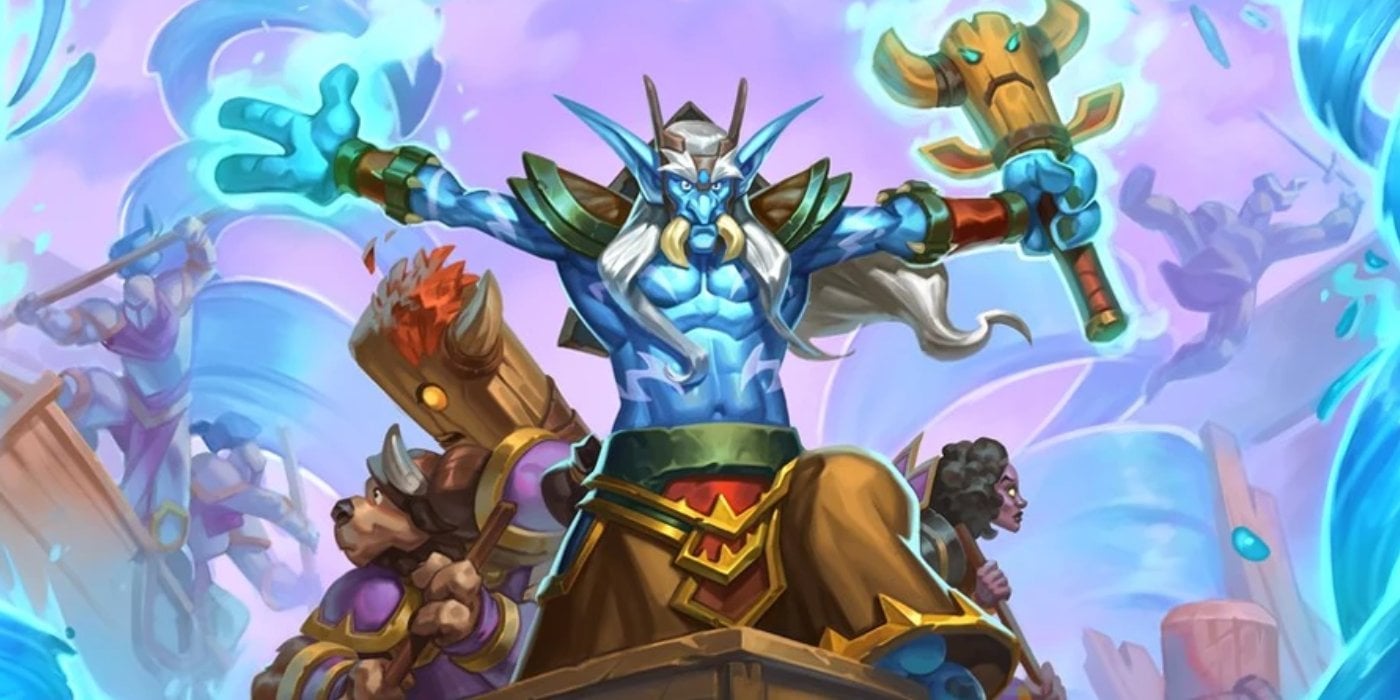
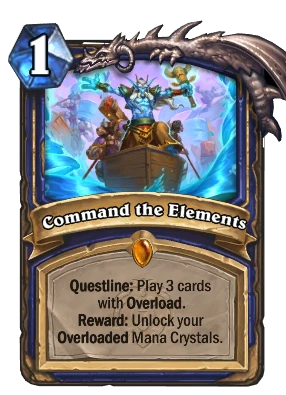
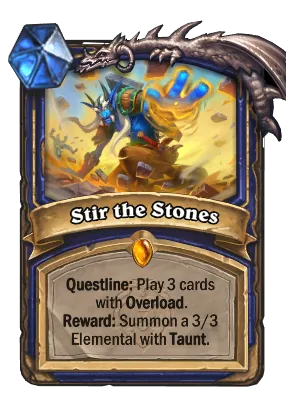
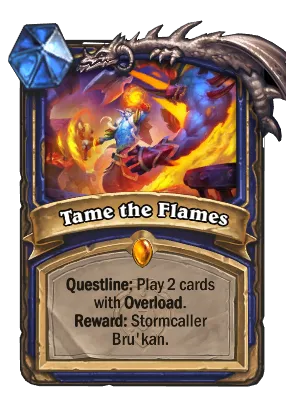
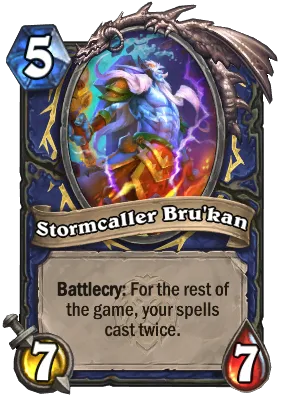
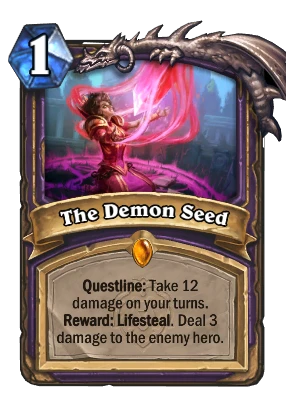
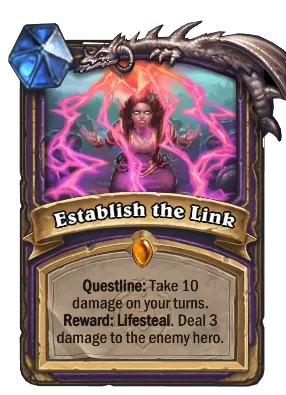
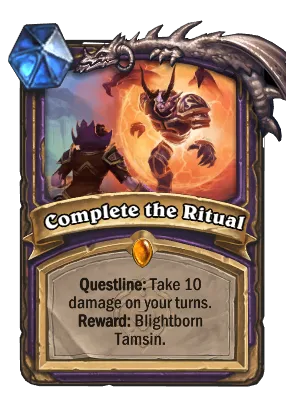
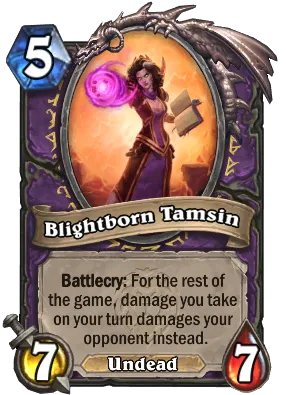
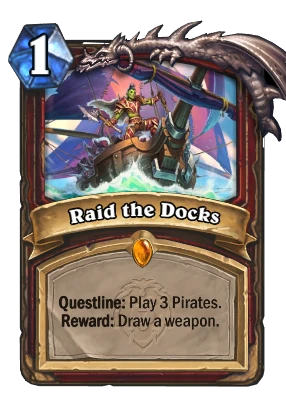
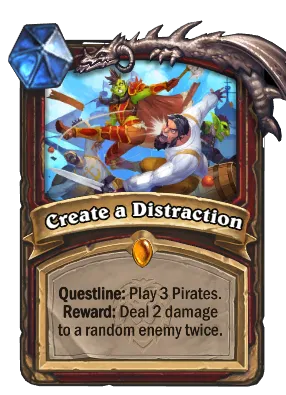
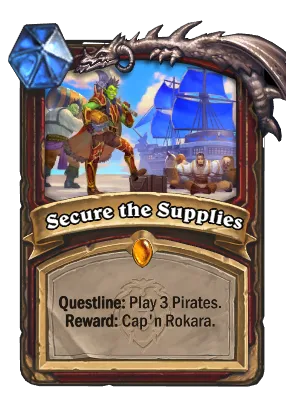
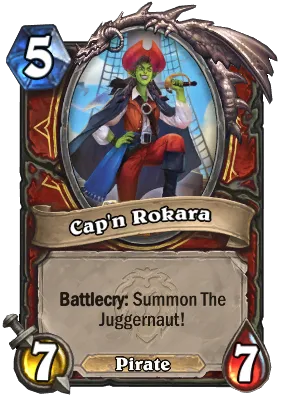
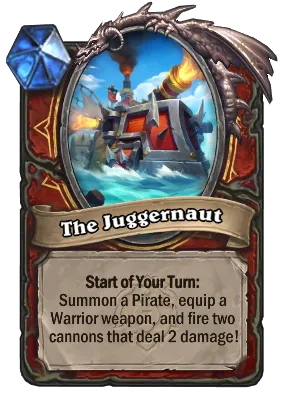
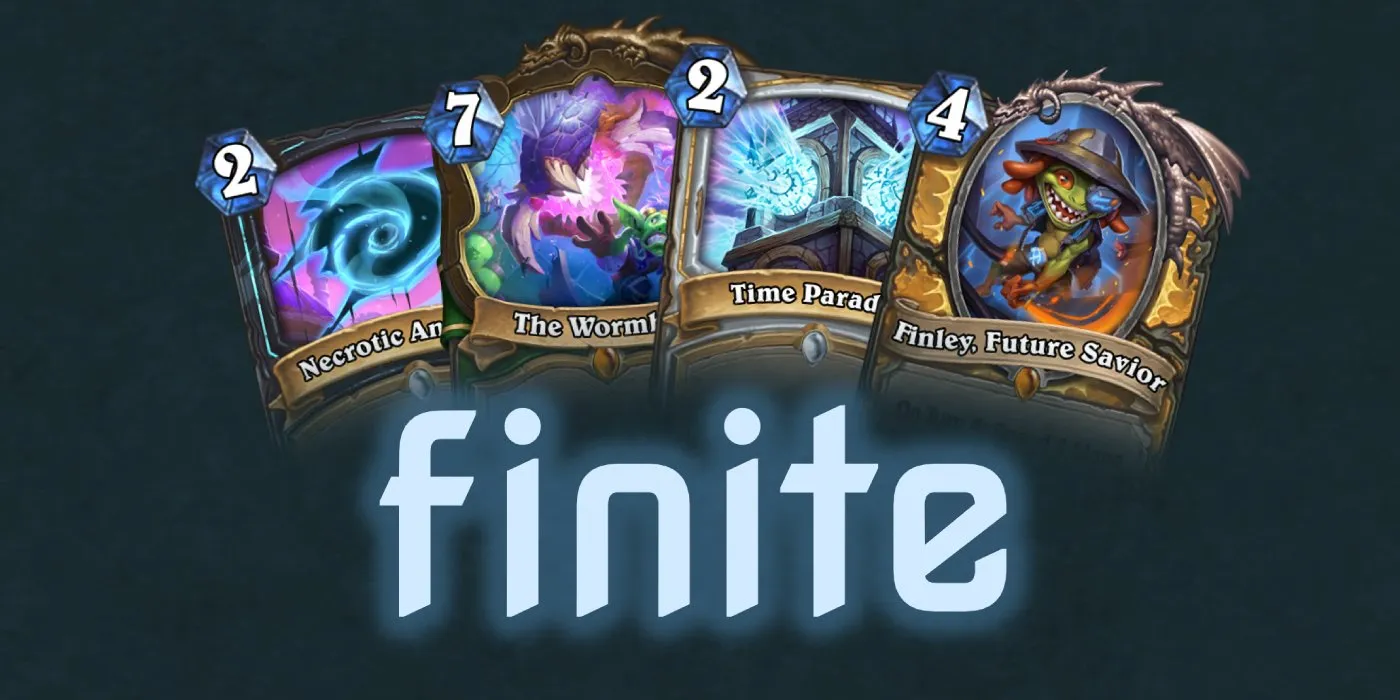
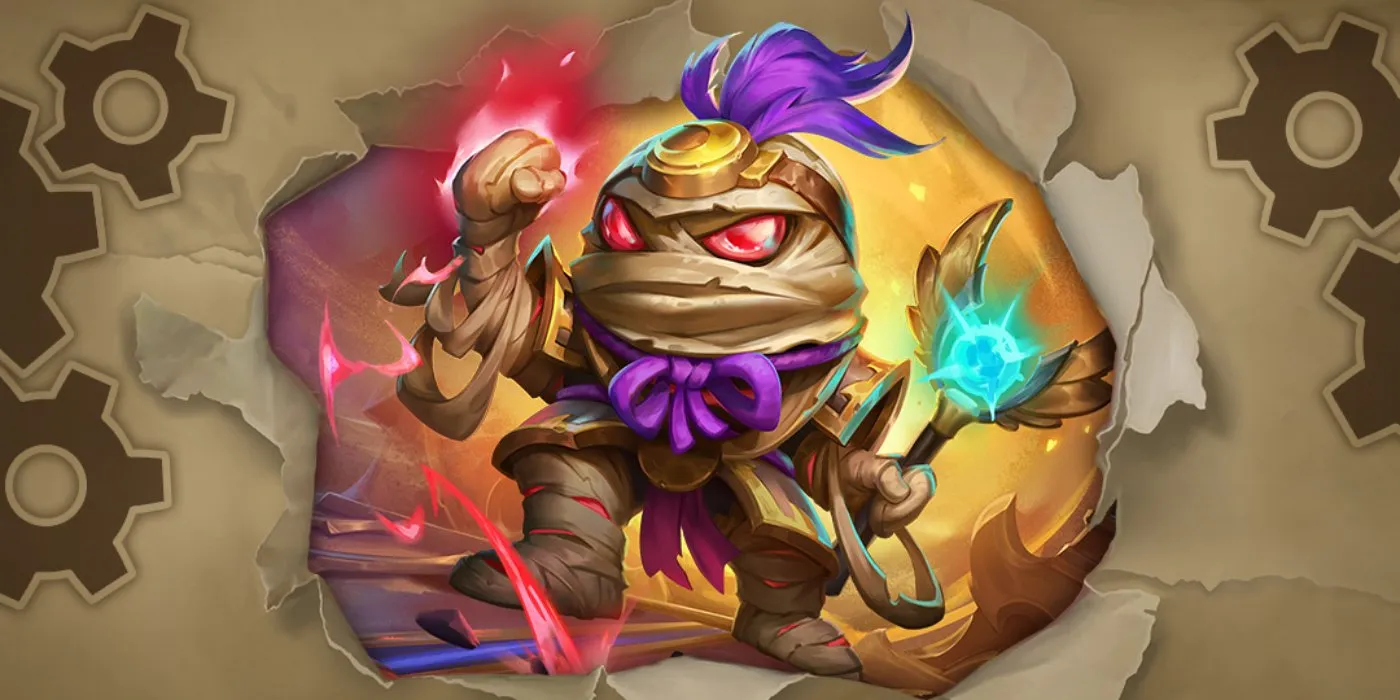
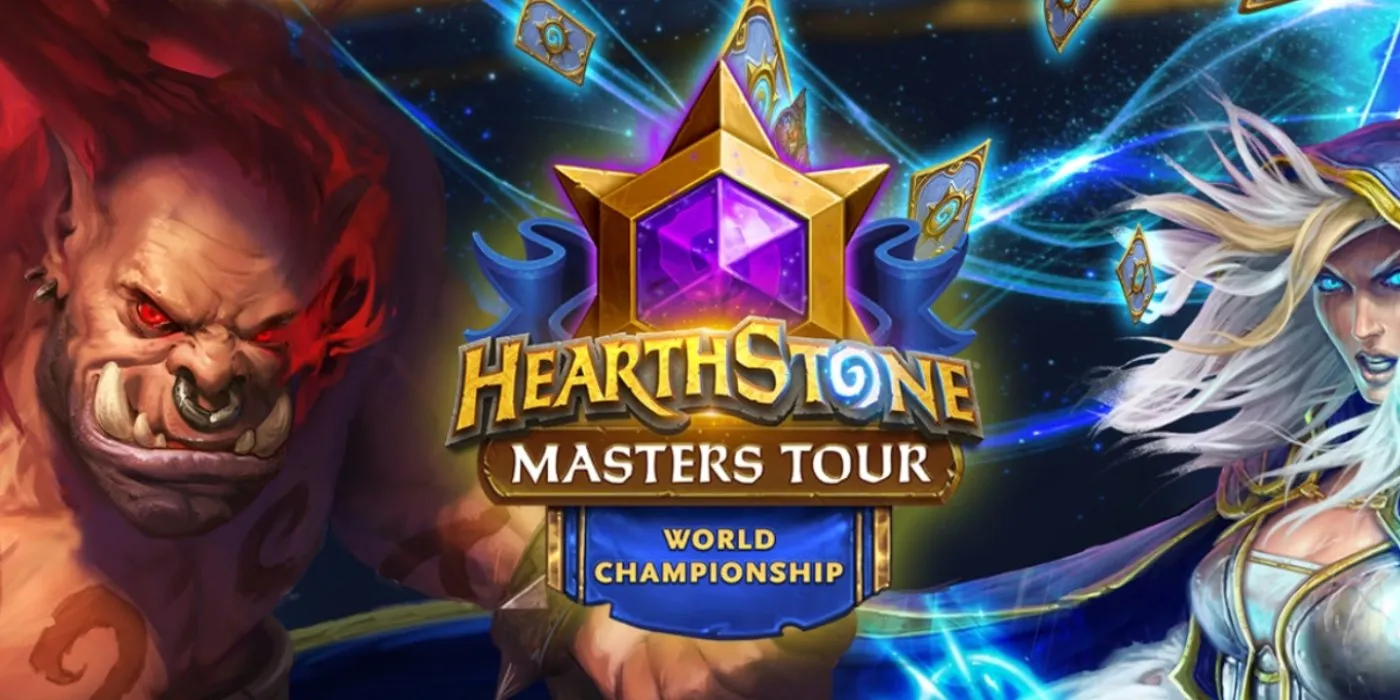
Comments
No more monopolies around One Thing in a deck.
I will always have some sort of soft spot for Raid the Docks since I ended up reaching Legend for the first time because of it.
I liked that one too, multiple Jaggernauts were fun.
Very cool series of articles, thanks for doing these!
For me, the stormwind meta in wild was a very bad time. Wild is the place where stuff is meant to be crazy, but the questlines just went too far. So, no I really wouldn’t want them to make a comeback. Seedlock is still very viable in wild and an absolute pain to play against. If I queue a control deck into seedlock, I usually concede on turn 1. On the bright side, I just got legend two months in a row with Questline Il’gynoth Demon Hunter.
That said, I totally get your feelings about flavour and the questlines incorporating a narrative… but for me, that only really works in mage, where I’m still enjoying a Questline deck that I have merged with the rainbow stuff that is currently used in Standard (Sif being the poster girl here) - as a casual meme deck, mind you
Glad you enjoyed it! It's always fun diving into older metagames and really taking a deeper dive in them.
I'm incredibly torn on the Stormwind meta for wild to be honest. It was 100% a miserable meta balance wise, but I am just an absolute sucker for playing metagames that are so heavily warped around a deck. There's something about just taking 1 deck that's pretty popular and deciding "I'm going to build a deck so bent on targeting this one deck and just hope I queue into them" that I love. That and I also have to come clean and admit I was a questline abuser but that's besides the point >_>. When I was doing my research there was a couple Demon Seed lists popping up from earlier this year but for the sake of brevity (and not having that one card take up like half the article) I didn't go too in-depth on it like I did for other cards since showing off the different variants from the cards initial launch was more interesting in my opinion.
Main difference between Excavate and Quest is that Quest starts in starting hand.
Something I dislike about Raid the Docks is that a single card negates the main weakness of a deck, in this case that aggro decks eventually run out of steam.
Odyn, Prime Designate has the same problem: normally, a control deck would either have to dedicate multiple card slots to a win condition or assemble a win condition from discovered cards, but this one card solves that weakness.
Similarly, Deathstalker Rexxar, while one of my favorite cards, was rightly criticized for giving any Hunter deck a decent late game for the minimal investment of a single card slot.
Yeah I think that's something a lot of people didn't properly evaluate with Raid the Docks when it was first revealed. Sacrificing some early-game potential to be able to win more easily in the late game definitely proved worth it.
Honestly I'm not sure if Odyn really falls into the same issue. Even though it is 1 card that lets you start pressuring the opponent down, the deck needs stuff like Shield Block or Heavy Plate to actually start clocking the opponent. I think its just one of the few times in recent HS where we've had 1 card that is a concise win condition as opposed to the usual "my win condition is the opponent falling asleep". Last card I can think that truly took up that mantle was Archivist Elysiana or Dr. Boom, Mad Genius.
And yeah Deathstalker Rexxar is definitely up there for cards that I love but also should never have been printed. I feel like it did what Order in the Court used to do of letting you swap your early game aggression for a killer late game, just on steroids. I still think the whole 'triple phase hunter' deck from Rastakhan's Rumble is probably my least favorite deck I've ever played against.
Perhaps we should just go back to regular quests.
Regular quests had the problem that they were very hard to balance: you had to play with effectively one card less, which is a big drawback, but at the end there was a reward that would give you a huge advantage for the rest of the game. So there was a very narrow window between the quest being too hard to complete and the quest being oppressive.
Questlines solved part of that with their intermediate rewards, but they kept the big and permanent rewards for completion, so as a result they were just as oppressive as quests when they worked, but they also worked much more often. I think the solution is not to go back to regular quests, but to go further away from them, by having less impactful final rewards.
If you look at excavate, the final reward is powerful, but not a win condition in itself, except for the Snake before it got nerfed. Also the excavate reward is used up, instead of providing a permanent boost for the rest of the game. Looking at the original quests, The Last Kaleidosaur never became a problem, even as it became easier to complete over time in Wild, because the reward is a one-time thing that doesn't instantly win the game.
Non-permanent rewards are not the only option though: the original set of hero cards had the same problem as quests where the permanent reward in the form of a new hero power would dominate the game and make many games feel the same. Recent hero cards have shifted some of the power from the hero power to the battlecry and as a result have been much better received.
For the love of God, please no
A return to questlines would not be well-received by the player base. There is no question in my mind about this. If you want to play them again, either go to Wild or wait for them to come up in Twist.
Even reading this stroll down Questline memory lane almost makes my blood boil, as the fundamental design was so obviously bad for the game (as were so many things that happened under Ayala).
If you agree that Excavate is a better way to handle the basic idea behind Questlines, why not just hope for more of that? What is this inclination to repeat mistakes of the past instead of moving forward?
I could be wrong on this but honestly a decent chunk of questlines being poorly received is more of a power level issue and with the rate of balance updates recently I don't think it will ever get to the point where they were at beforehand. I think that labeling the entire mechanic as a mistake is a bit hasty when just the standalone quests were pretty well received both times.
As for the comparison with Excavate, I think each method of 'play a bunch of cards leading towards a big reward' has some merit over the other. Personally, I'm more of a fan of knowing what the rewards for each step are going to be so I can plan around it more. There's also the fact that questlines do a much better job at telling a narrative, which while not as important now, for a year filled with 10 different characters all with their own special story to tell, having actual cards in the set that tell the story is pretty huge. Meanwhile Excavate has been much healthier in the metagame (partly because most of them were pretty lackluster and had to be buffed to start seeing play but that's besides the point) and the fact that less of the deck has to be dedicated to a theme helps make it more of a package of cards that can be fit into a wider variety of decks. If Excavate is the way Blizzard wants to push forwards in the "mechanics that require you to jump through hoops to get a powerful payoff" camp then I'm happy with it, just that I wish there could be some way to incorporate a story into the expansion the way questlines did.
Oh also as one quick last side note, talking about repeating mistakes of the past instead of moving forward is pretty funny considering the fact that on numerous occasions balancing has fallen into the same pitfalls time and time again with stuff like cost reduction. I'm sure that the HS team is going to continue to repeat mistakes every once in a while, regardless of whether questlines return or not.
Power level was definitely part of the problem, but because they were powerful, they saw a lot of play and therefore the other problems questlines had were much more noticeable. Nobody was calling for Bloodreaver Gul'dan to be nerfed when he came out, despite it being one of the best hero cards of the set; the calls for a nerf only started once Warlock got strong cards in a later set that brought it back into the meta. Today, nobody is calling for Orion, Mansion Manager to be nerfed despite it being an absolutely infuriating card to play against.
I think the biggest issue was that questlines (and regular quests and hero cards before them) made many games feel the same. As I wrote in another reply above, I think that's mostly due to the rewards and in particular the completion rewards, not the questline mechanic itself.